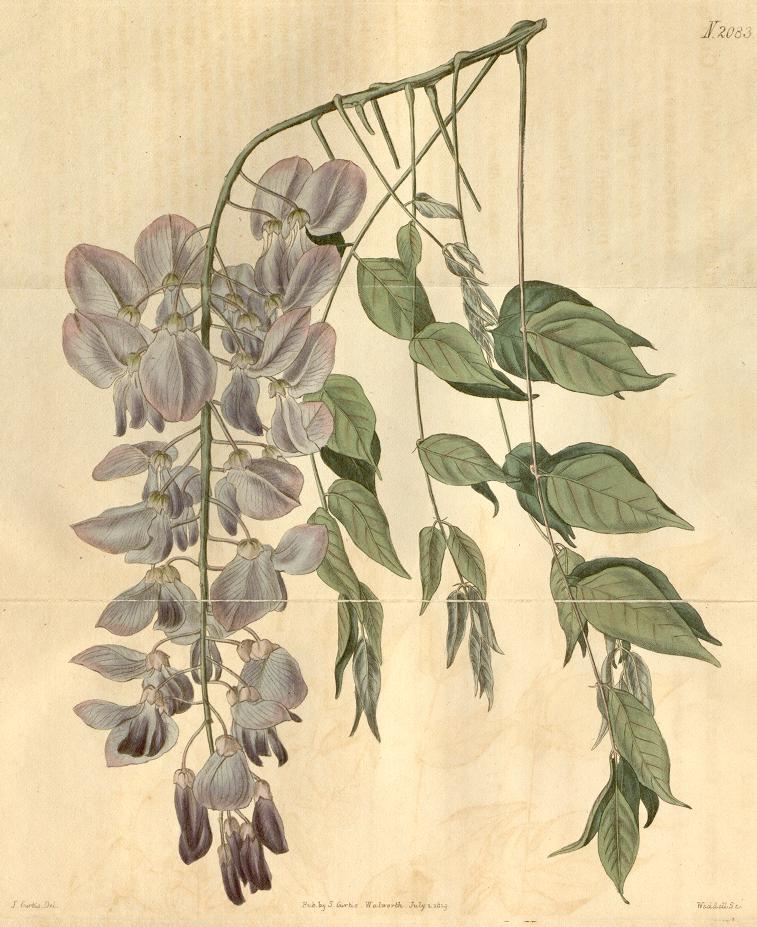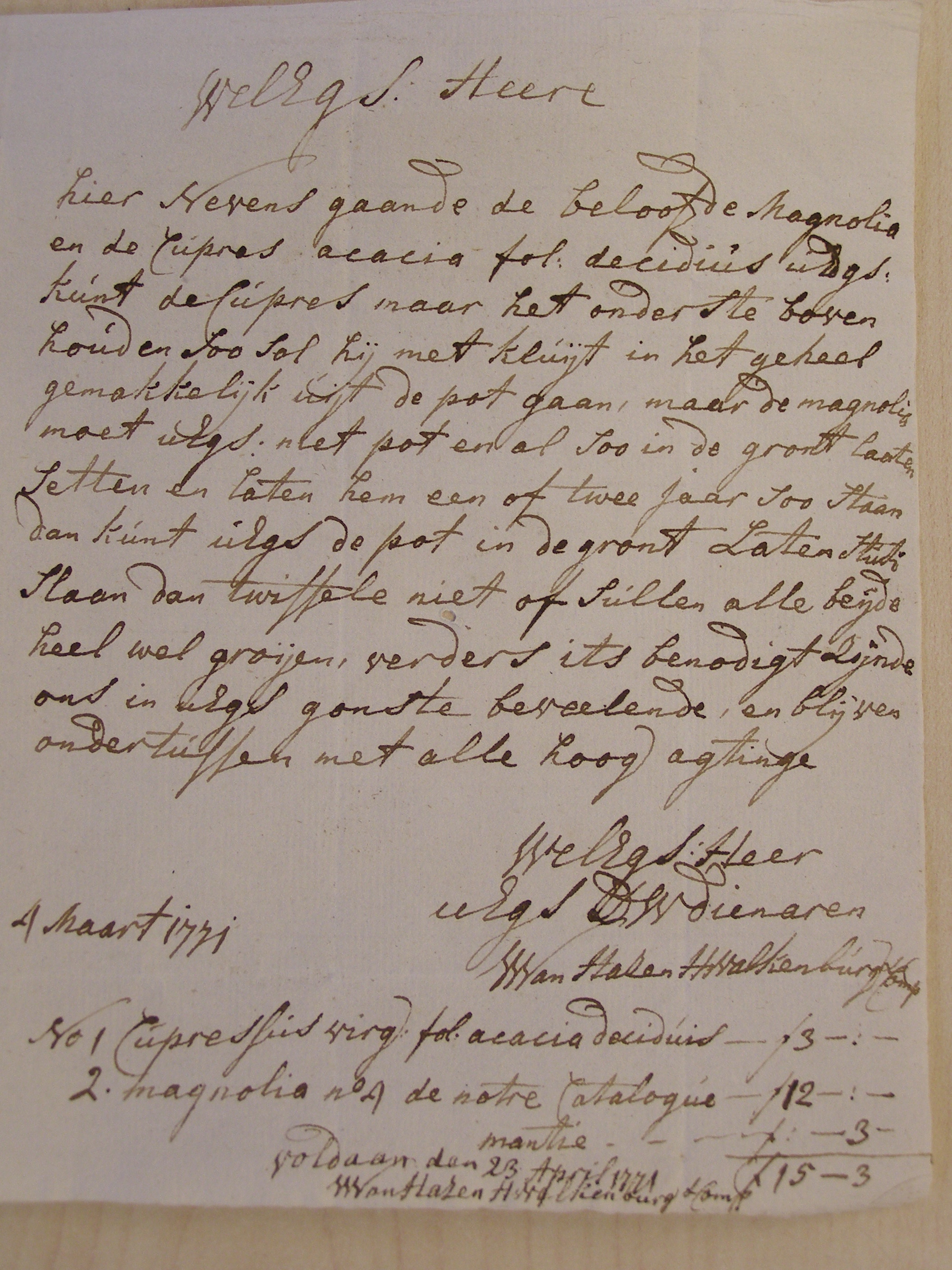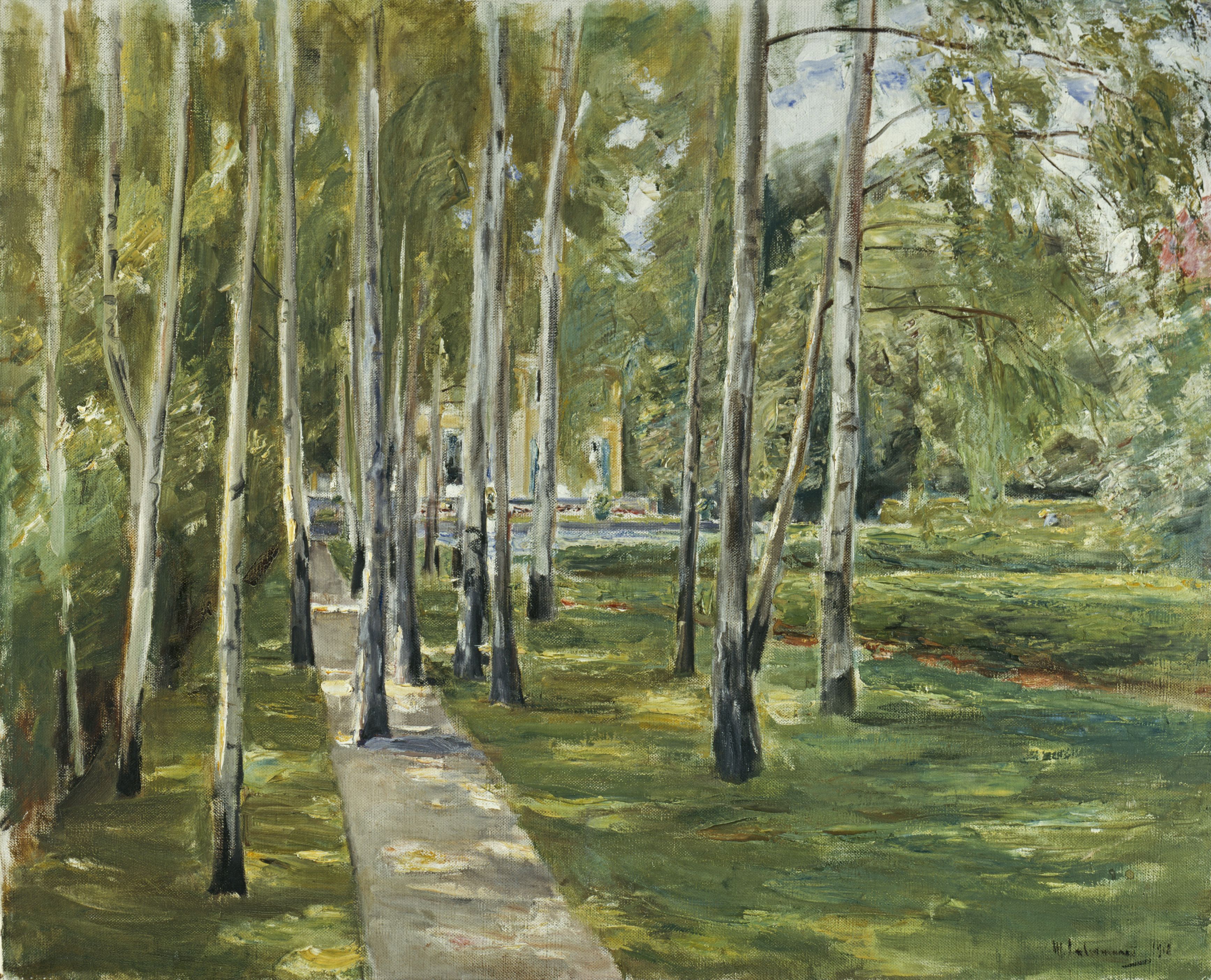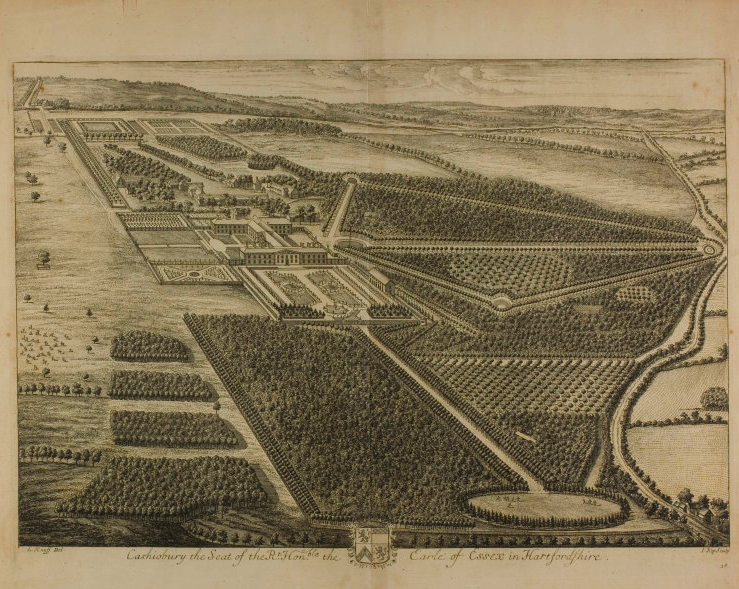Dutch alders from Rotterdam for Audley End – part 3
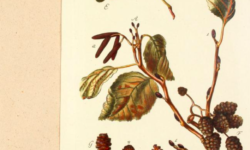
Het derde en laatste deel van mijn serie over een levering van 3000 elzen vanuit Rotterdam naar Audley End in Essex in 1775. Op basis van rekeningen gevonden in het archief van Huys ten Donck probeer ik te bepalen of deze specifieke levering economisch zinvol was.
Het derde en laatste deel van mijn serie over een levering van 3000 elzen vanuit Rotterdam naar Audley End in Essex in 1775. Op basis van rekeningen gevonden in het archief van Huys ten Donck probeer ik te bepalen of deze specifieke levering economisch zinvol was.



